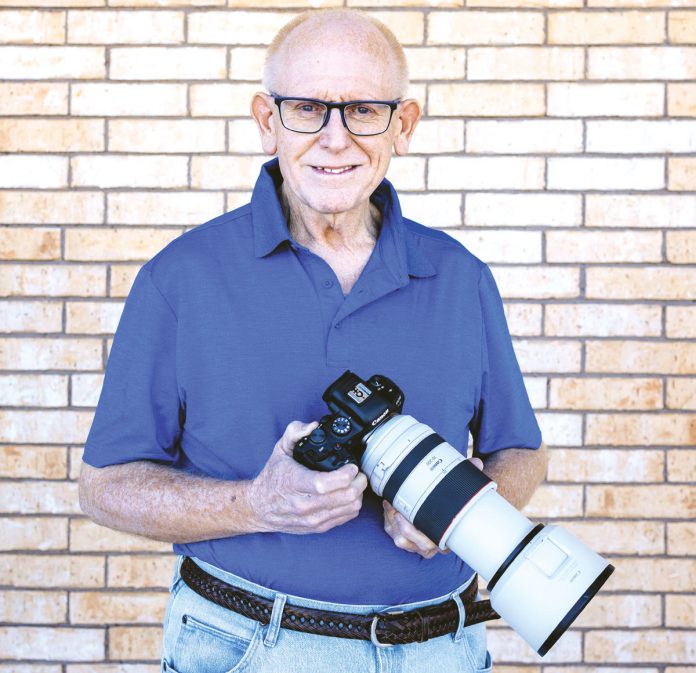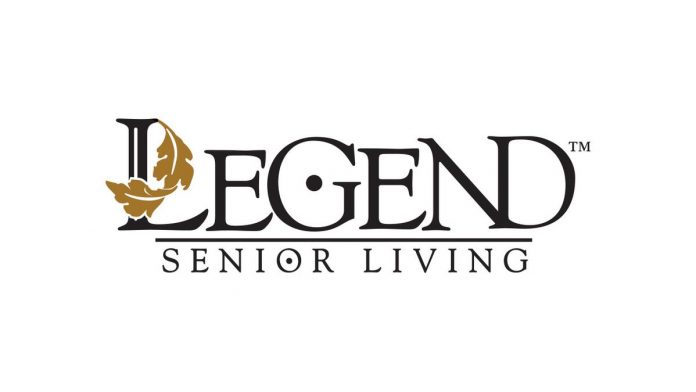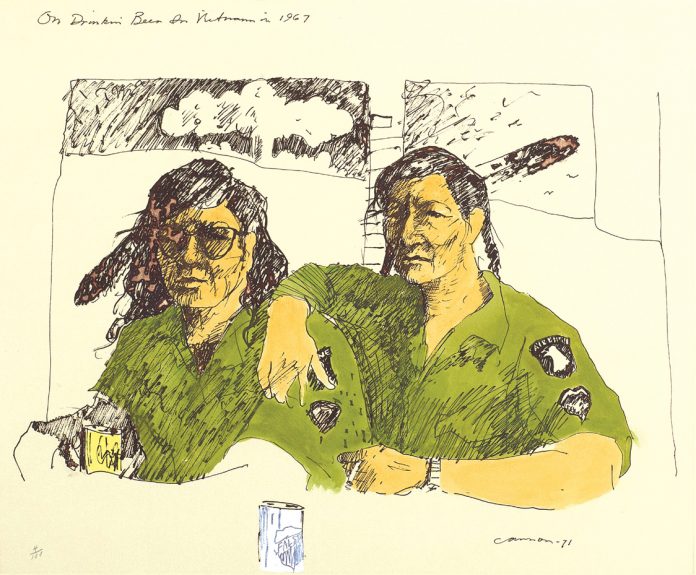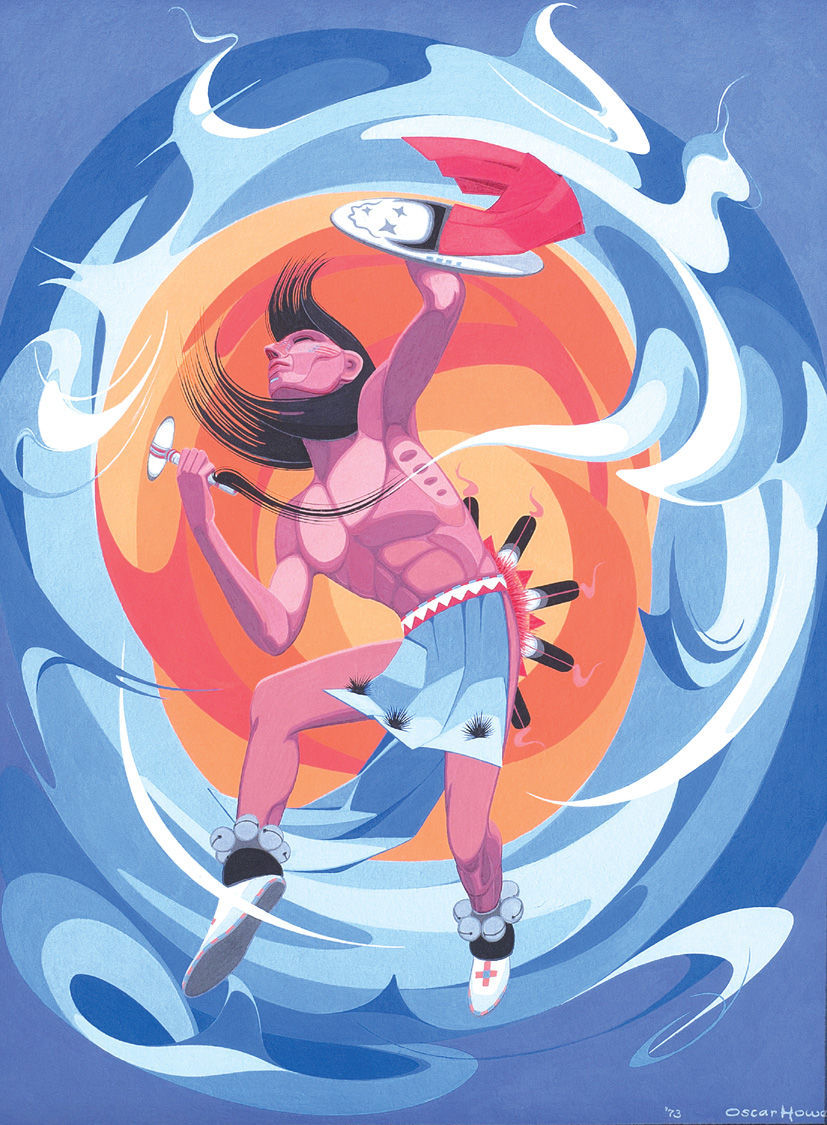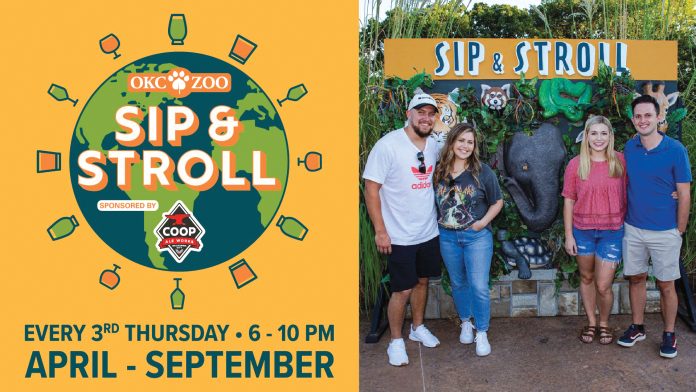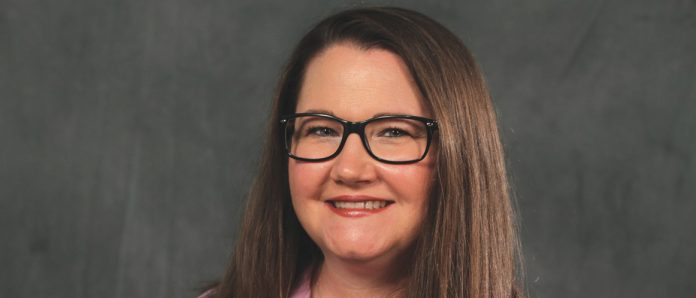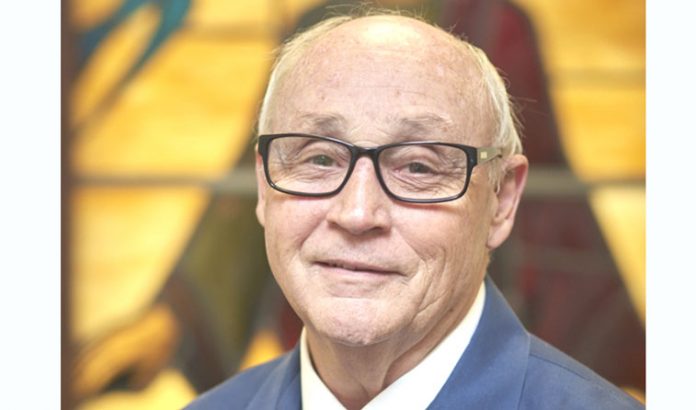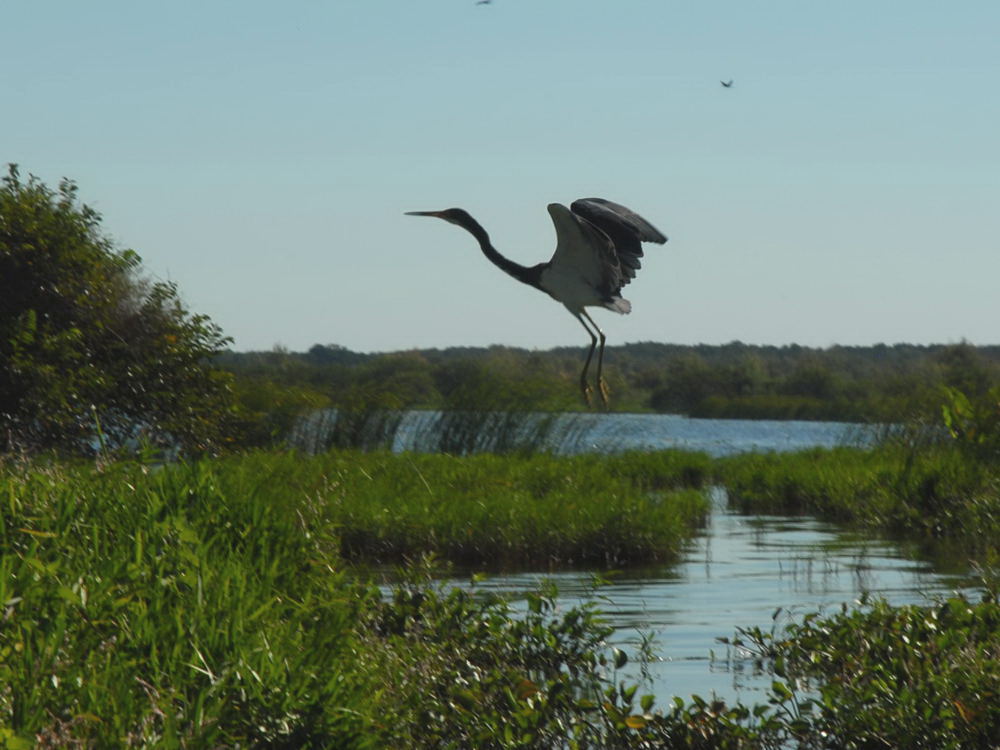Story and photos by Darl Devault, Feature Writer
Sports photographer Richard T. Clifton, 65, has become a generational legend for his prolific body of work in Oklahoma City since first chronicling future Olympic gold medalist Shannon Miller’s gymnastic performance at the 1989 Olympic Festival. His latest website, created in 2010, features 1.9 million photos from his efforts.
These photos emphasize high school sports and other events around the state, and the nearly two million photos is not a misprint. You can find the photo count and these images at his online site: https://rtcdigitalimages.zenfolio.com
If it has been of public interest in the Oklahoma City area from 1980 onward, chances are Clifton photographed it. In 1980 he started shooting for the Chickasha Daily Express newspaper covering high school sports and the University of Oklahoma. He was the only photographer covering women’s basketball, volleyball, and men’s and women’s gymnastics for OU for many years.
In thousands of pictures, he captured the moment of almost anything that was an annual event in Oklahoma City, including a surprising array of one-time events in the evenings and weekends. He compiled his prodigious record all the while teaching physical education for 29 years at Lincoln Elementary School in Chickasha. He retired from teaching in 2008.
To become a legend like Clifton, photographers must start at a higher level than most and persistently expand their market and expertise. He has excelled as a photographer with varying images: sports events, retirements, dating, portraiture, commercial applications, media use, weddings, graduations, family events, fashion, parties, engagements, religious ceremonies, teams, and office settings.
A devout Christian, he now takes photos of the children of some of his photography subjects of three decades ago. Looking back through decades of experience, he fondly remembers his early years gaining acceptance as a photographer.
“As a volunteer photographer for the 1989 Olympic Festival here in Oklahoma City, we were assigned certain events to cover and told not to deviate from that schedule,” Clifton said in a recent interview. “After turning in my first rolls of film, the organizers could determine the quality of my work. Suddenly they gave me many rolls of film, upgraded my credential to all-access, and told me I could photograph any event I wanted to shoot.”
Encouraged by his early successes, he took on photographic challenges at a higher level. He was soon the chief photographer for the two Olympic coaches, Steve Nunno and Peggy Liddick, who trained Shannon Miller at Dynamo Gymnastics.
Because area news outlets have published his work as a photojournalist over the years, his images have been interwoven into the fabric of the state. He has shot the professional sports of baseball, bowling, basketball, football, tennis and golf in Oklahoma. He has donated a sizable part of his time to help local nonprofits document special events at several points in his career, often creating their most prized images.
His striving to get the best photograph has had immediate and long-lasting benefits for several nonprofits over the decades. These groups include the Oklahoma Sports Museum, Sooner State Games (now State Games of Oklahoma), and the now-defunct Oklahoma City All Sports Association from 2003 to 2018.
He has worked for national sports governing bodies such as the Big 12 conference while covering Division I softball, baseball and basketball, including the Women’s College World Series and NAIA Women’s National Golf Tournament. He has shot for the Oklahoma Soccer Coaches Association and served as the OSSAA podium photographer for state wrestling tournaments.
Clifton is one of the most easily recognized photographers in the metro area, where he and his sports action shots are well known. He has achieved an unparalleled level of consistency, adept at taking action shots during high school and college games over three decades.
Clifton’s photos in high-pressure situations during the Women’s College World Series have been featured in their programs and website and in the only definitive book written about the event. “Clifton’s photos are highlights in my narrative of this great event,” said Larry Floyd, co-author of “A Series of Their Own.” “His capturing some of the great moments in women’s collegiate softball has been duplicated for other sports over decades. Only his love for and dedication to his craft could produce such a body of quality work.”
His photos can be found on the pages of many other books. He says he is proudest of his image of former world No. 1 tennis star Monica Seles for her book.
Clifton has developed a following of other photographers who look to his expertise in finding where the most compelling action shots can be taken at sports venues. Local photographers also learn of the essential tools of their trade by observing Clifton’s expensive cameras and special lenses.
His early black and white prints, color slides, and negatives since 1989 showcase late 20th century Oklahoma City life. His eight years shooting Dynamo Gymnastics’ 1992 and 1996 Olympians and Olympic coaches Steve Nunno and Peggy Liddick provide an invaluable record of that historical period. He documented the Warren Spahn Award for decades while donating his time to the Oklahoma Sports Museum in Guthrie.
Outside the sports world, Clifton created iconic photos of many local, national and international celebrities, such as Dr. Nazih Zuhdi’s retirement in 1989. His pictures tell an easily understood story in various settings, making him one of the best portrait photographers available.
Clifton has shot weddings in almost every area venue. He ensures the wedding party, decor, dress, flowers, and cake are treated in skillful shooting, with professional studio lighting and thoughtful composition.
Learning his trade with film in the 1980s, Clifton’s photography equipment evolved into digital as he learned image-enhancing software such as Adobe’s Photoshop to enhance his work. This may explain why his website is approaching two million photos while he works independently as one of the market’s most respected freelancers.
Clifton has built his reputation with a blend of artistry, computer enhancement skills, and business professionalism. “My interest in photography was sparked during the photography portion of journalism class my senior year at Lawton Eisenhower high school in 1974,” Clifton said. “Just two years ago, I reconnected with my high school journalism teacher, Betty Tumlinson, and was able to tell her of the impact she had on my life.”


